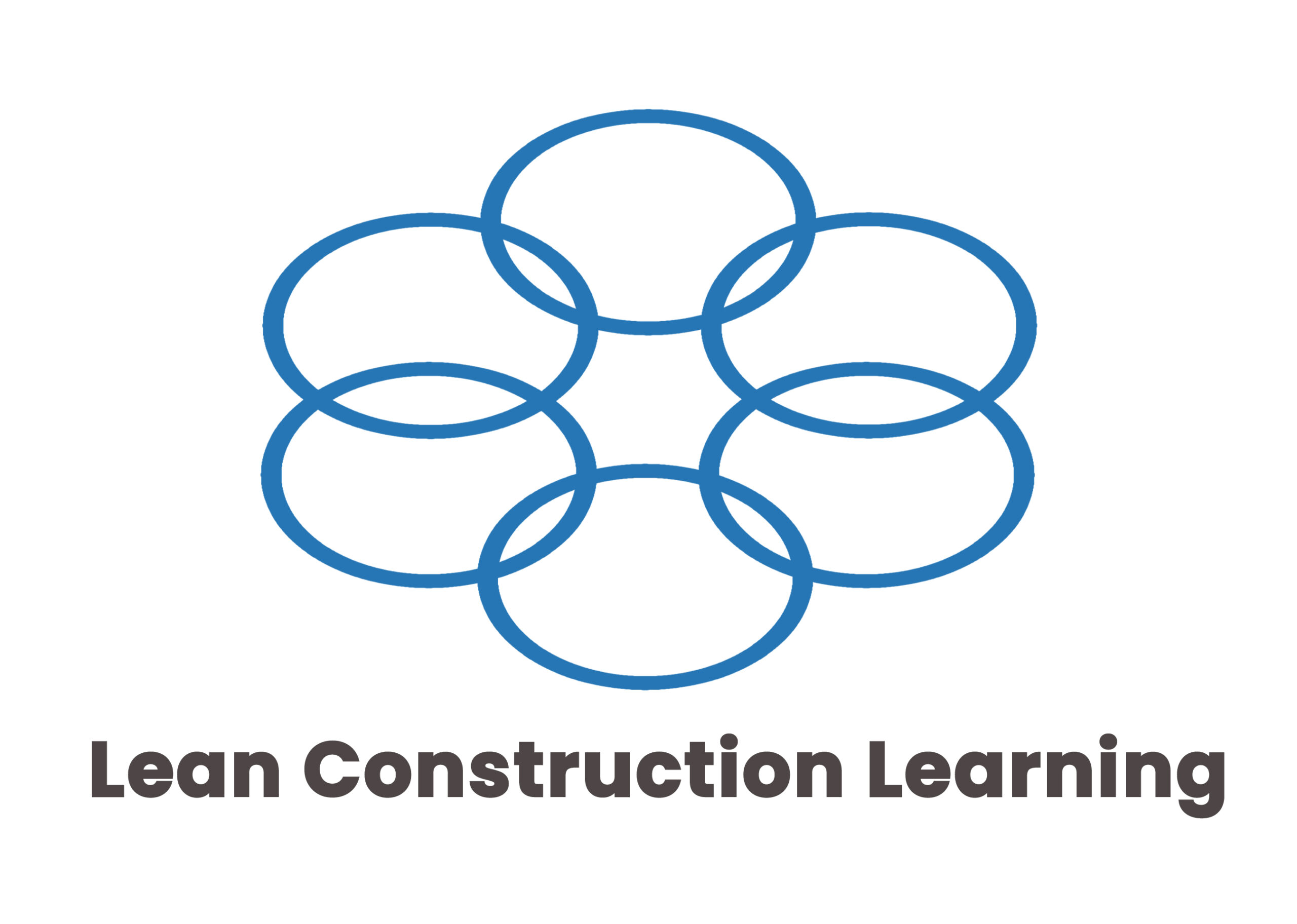Lean construction is flourishing in Brazil. We often expect developing nations to lag behind the US in the adoption of modern technologies. This past August (2013) I attended a construction conference in Fortaleza, Brazil, and was most pleasantly surprised. The conference was held by the International Group for Lean Construction (IGLC), a worldwide professional organization that promotes the adoption of Lean Design and Construction (LC), an emerging methodology for managing construction projects for better results. It has been around for a while but is not yet a household word; it was developed in the early 1990’s around the successful practices in the Toyota Production System. It has greatly improved construction performance, and has been continually improved through both research and practice since that time. Why should we be concerned about construction performance? Over the past 40- plus years the manufacturing and service industries have been consistently producing more products and services with better quality and lower cost. Construction productivity, on the other hand has remained relatively unchanged. Several design and construction firms in Brazil have embraced the lean concept and have achieved levels of efficiency and work quality that would be envied in any part of the world.
The conference brought together researchers and practitioners from several regions – Brazil and other Latin American countries, the USA, the United Kingdom, Denmark, Norway, Finland, Israel, Nigeria, South Africa, and many others. They presented papers on their research and applications; my paper was titled “Does Lean Construction Render Commissioning obsolete?”
The first day of the conference was titled “Gemba Day” (Gemba is Japanese for the place where things are happening) Teams of conference attendees visited construction sites to observe the lean process in operation.
Two well-known construction firms participated in Gemba Day: C.Rolim Engenharia Ltda. and Construtora Colmeia S.A. C.Rolim displayed a high-end multi-story condominium building, and shared the use of many sophisticated lean techniques such as a kanban system to pre-order small batches of mortar, visual management, kaizen for continuous improvement, heijunka for smooth production flow and poka-yoke for mistake proofing. They used a floor of a multistory building under construction as a command center, equipped with “andon lights” (based on Toyota’s production line) that workers on other floors could activate to indicate problems or plan deviations and trigger prompt corrective action.
Construtora Colmeia S.A.’s project was a luxury golf resort named Golfville; it comprised several dozen low rise condominium buildings, adjacent to a nine-hole golf course. They also displayed the use of several lean techniques – including: Line of Balance, Visual Management, kanban, and continuous progress measurement with mobile phones. Forklift and backhoe operators were provided with computer tablets to track work progress on their site work tasks. As soon as assignments were completed, the operators were given new ones, (as a heijunka system) to smooth the work flow and keep efficiency high.
Through Gemba Day, participants learned that some Brazilian construction firms fill an important social void with their workers by providing after-work medical care and literacy programs; this results in a very highly motivated and loyal work force!.

